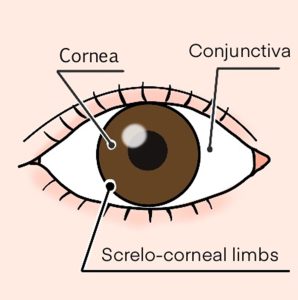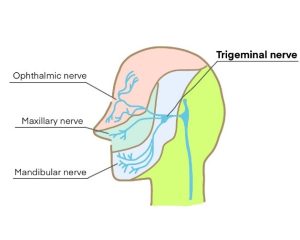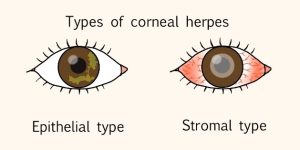- What is Herpes Keratitis?
- Types and Symptoms of Herpes Keratitis
- Treatment of Herpes Keratitis
- Prevention of Herpes Keratitis
- Questions and Answers about Herpes Keratitis
Herpes simplex virus, which resides in the body, infects the cornea, causing herpes keratitis. The main symptoms are tearing, glare, a foreign body sensation, difficulty in seeing, and redness of the eye.
It’s important to continue appropriate treatment with antiviral drugs. The disease is prone to recurrence, and in some cases, patients may suffer from vision loss.
This article describes following topics.
・Types and symptoms of herpes keratitis
・How to treat the epithelial and stromal types
・How to prevent herpes keratitis





